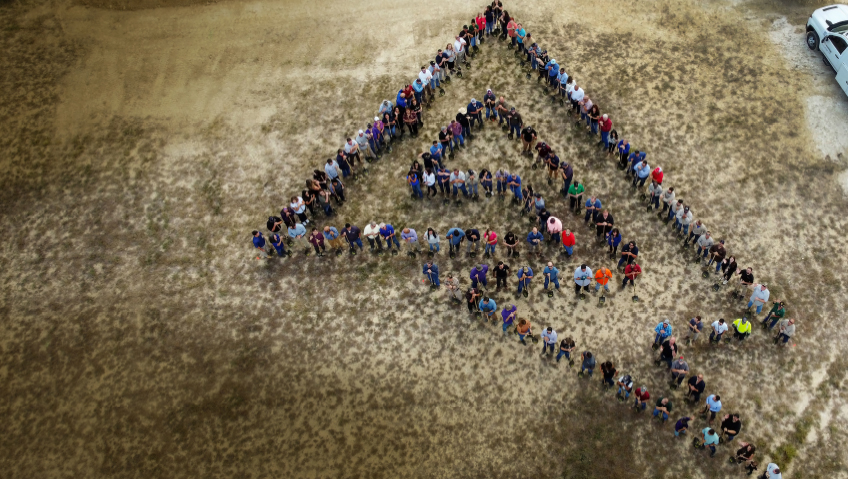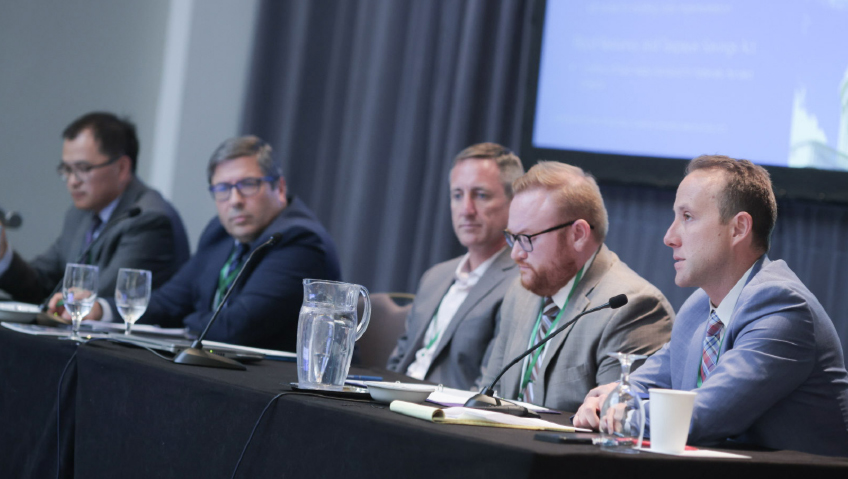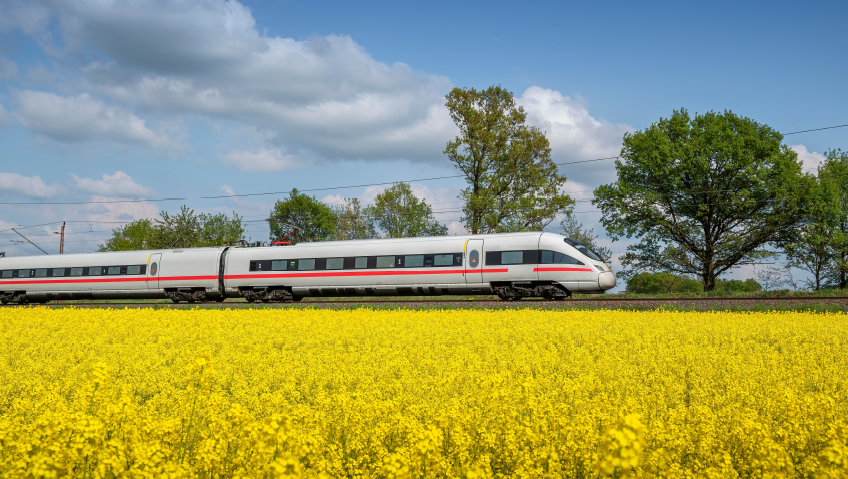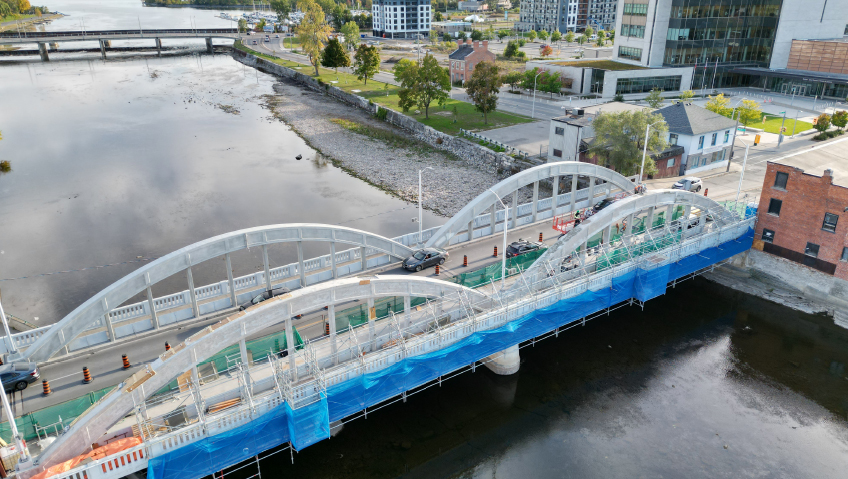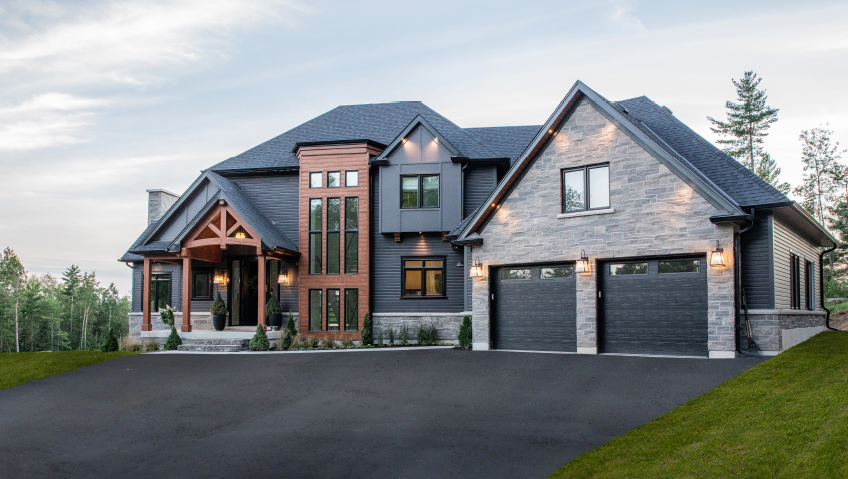American electrical contractor Alterman was founded in 1923 by its namesake, Nathan Alterman. In its earliest days, Alterman would push a shopping cart up and down the streets of San Antonio, Texas to provide service-oriented electric work for the downtown core. His son Richard took over for his father in the 1950s, and a decade later, Alterman began taking on larger projects for clients such as the HemisFair ’68 exposition held in San Antonio. The company began to establish itself as a reliable electrical contractor for the area.
Today, Greg Padalecki, who began here in 1999 as an apprentice electrician and became President and Chief Executive Officer in 2019-2020 after a 20-year career with the company, purports that the company has seen even more growth in just the past few years, with about 1,200 workers active in the field and around 260 in its office.
A notable part of Alterman’s history is that it established itself as an employee stock ownership program (ESOP) business in 1985, eventually becoming a completely employee-owned company. Today, as a union contractor, Alterman’s field employees are part of a collective bargaining agreement and participate in an International Brotherhood of Electrical Workers’ pension, whereas its office employees continue with ESOP participation.
Padalecki stresses that the company values all its workers and observes that the ESOP has given employees a greater sense of focus and a vested interest in a company that they own as much of as he does. The ESOP model has proven very successful since its initiation, as it has provided a growth business model internally. Whereas competition-based models often funnel profit to a single owner, Alterman is constantly reinvesting its profits into itself and looking ahead to future growth.
Most recently, the company has focused more on mission-critical product sectors like water, wastewater, data centers, and health care. This approach is a big part of the business’ ongoing success; in fact, the company’s growth is such that it has outgrown its current facilities in a multitude of offices spread across San Antonio, Austin, Dallas, and New Mexico, so it has purchased a 20-acre tract of land on the northeast side of San Antonio to consolidate its corporate and San Antonio operations to a single location.
Alterman’s new home began its design phase in 2022. The plot will contain a 90,000-square-foot office building and a 110,000-square-foot fabrication facility to be completed in January 2024.
Padalecki says that the new home is a huge undertaking with lots of responsibility, but will assist greatly in the company’s goal of recruiting, retaining, and training for the future, making a place where people want to work. This even includes its visual design, with an emphasis on natural light and a campus feeling. He credits Studio8 Architects as leading the charge on the new headquarters, touting its similar internal culture and how willing it has been to understand the vision Alterman sees for itself.
He observes that the construction industry is based on relationships, whether with vendors, partners, or joint ventures. “You have to trust and be trusted,” he says, and every large joint venture Alterman has participated in has taken the company to the next level because of this approach.
While everyone is anticipating the move to come, Alterman’s offices in San Antonio and Austin are keeping quite busy. Padalecki notes that this level of work mirrors the state of the construction industry currently, with lots of projects on the go. The company must strategically say no, as it only has so many resources and must identify the places where it can be the most successful. Thankfully, much opportunity is out there. “We want to stretch ourselves in a healthy way, while under-promising and over-delivering,” Padalecki says.
He has noticed the lack of personnel available within the construction sector, as more work exists than people. This is why the business is focusing on recruiting and retention, which is where its partnership with The International Brotherhood of Electrical Workers can provide qualified craftsmen and labor. One thing that Padalecki has learned is that great careers still exist in the construction space for young people.
“If you have a child interested in building things,” he underlines, “there is a rewarding role for them in construction,” with many internships and apprenticeships to help anyone who is interested. The industry needs more talent to improve, and there has never been a better time for young people to enter a new trade.
Padalecki mentions the internal innovation that is aimed at helping the company get more work done with fewer people. The future of both the business and the broader industry, he feels, depends on making construction a more efficient process.
There are some headwinds with the current construction supply chain, making it challenging to secure certain important parts like transformers, switch gears, panel boards, or distribution boards without waiting for a year. However, Padalecki feels this delay is no longer a surprise, and there is value in knowing what the customer needs before they themselves know they need it, allowing the company to become a resource for customers in navigating supply chain issues. “We are part of the solution, and we have to help our customers with issues like this,” he says.
He sees a very clear road map ahead for the remainder of 2023 and into next year, with 2025 to 2026 being more open to adaptation. Alterman will continue to hire, likely through the middle of next year thanks to the work it has under contract and a healthy pipeline of new projects. There is great excitement building for the move into the new headquarters, as the current disconnection between the staggered sites is an underlying bottleneck that the new building will look to eliminate.
Above all, the company will be focusing on providing a great place to work for all, from field to office, and on growth across even more aspects. As Padalecki summarizes, “Alterman without growth wouldn’t be Alterman.”
2023 marks Alterman’s 100-year anniversary, marked by an August 2023 gala event that is purported to be the biggest party the company has ever thrown. Padalecki is aware that not many companies have this sort of tenure and remembers the cycles of feast and famine throughout its considerable history.
Through it all, Alterman has been defined by how it responded to bad times and rebounded. “There will be rough times to come,” he continues, “so how do we prepare ourselves for down markets [and] challenging projects?”
Padalecki takes seriously his role to set up Alterman for the century to come, through a foundation of innovation and a focus on technology that will place construction firmly in the future instead of the past. Alterman wants to continue to innovate and be as productive as possible, which harkens back to the roots of its success that began a century ago.

